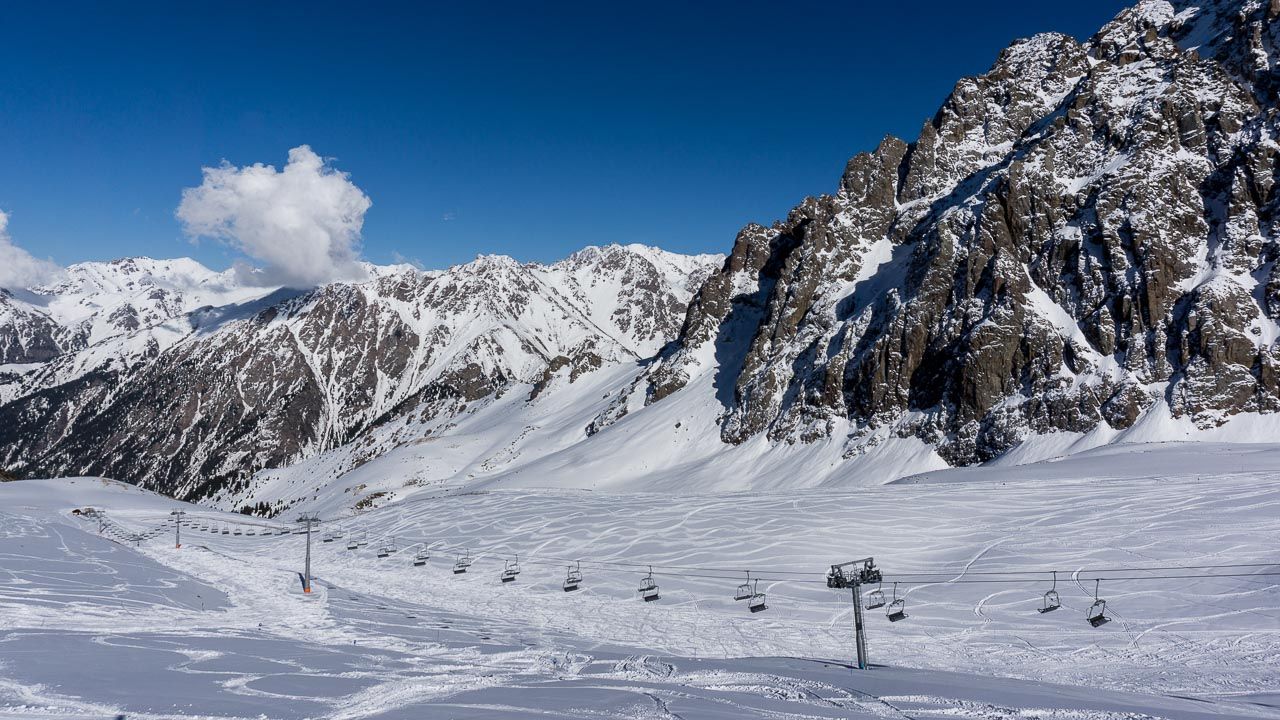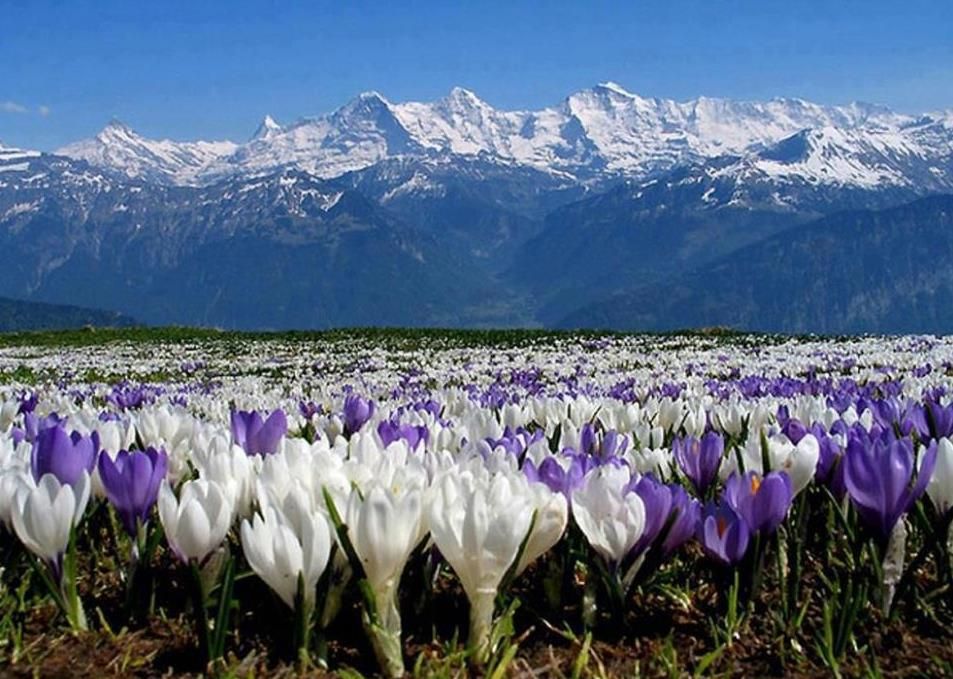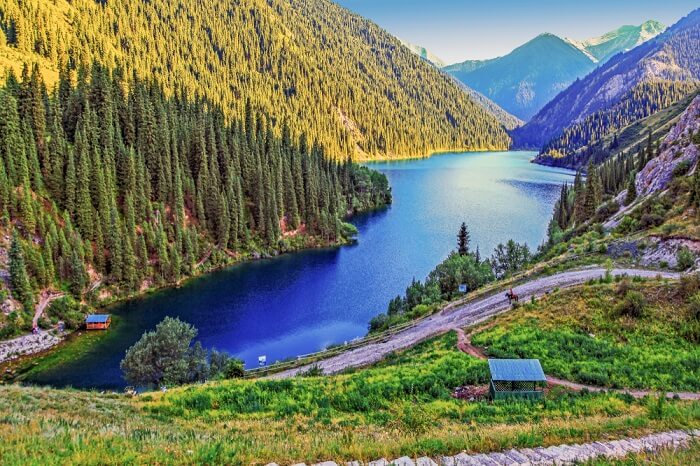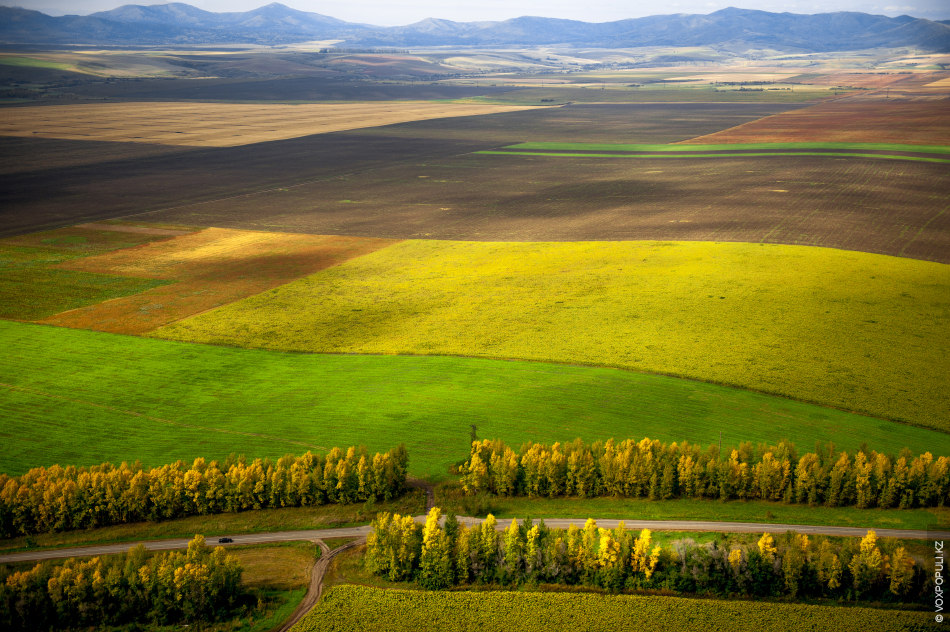What makes the Kazakhstan climate?

If you look at the population density map of Kazakhstan, you can see how sparsely the central part of the country is populated.
It is the climate in Kazakhstan as well as the terrain that has a great impact on the way the population is spread out on the edges.
When is the best time to travel?
The climate of Kazakhstan for tourism diversity is very favourable. If you are an extreme traveller, you can visit Kazakhstan any time of year with the right gear and preparation, of course, but the most comfortable months for most travellers are late April to late October.
If you are planning to travel to the central and remote parts of Kazakhstan, I assume you are very well informed and prepared for any weather conditions. Mother Nature can be unpredictable at times, you know Don't mess around with the Kazakhstan climate.
You can always find things to do, as long as you are an adventurous person. You can go skiing, skating, snowboarding in winter.
You can go hiking, mountain biking, hunting or fishing, backpacking, offroading, rafting, and swimming, oh, it can go on and on. Just make your mind up on which part of Kazakhstan you will be visiting and then you can check the what to do and what to see lists as well as the weather for that region.
The Kazakhstan climate has four distinct seasons
Proper White Winter
 Winter naturally starts with continuous snow cover from the north of the country in November and can last as long as 5 months up to March. The thickness of the snow cover can reach 30 cm. The coldest month in Kazakhstan is January. The lowest temperatures are characteristic for the northeastern part where frosts can reach -54C while the southern temperatures are rare to fall lower than -30C.
Winter naturally starts with continuous snow cover from the north of the country in November and can last as long as 5 months up to March. The thickness of the snow cover can reach 30 cm. The coldest month in Kazakhstan is January. The lowest temperatures are characteristic for the northeastern part where frosts can reach -54C while the southern temperatures are rare to fall lower than -30C.
Colorful Spring
 Spring comes as early as February to southern areas and then slowly makes its way through to the north. It takes 1 to 1,5 months for Spring to reach northern parts of Kazakhstan. You notice it from the work in the fields. While the south is getting on with spring planting, the north can still be covered with ice and can be having winter blizzards.
Spring comes as early as February to southern areas and then slowly makes its way through to the north. It takes 1 to 1,5 months for Spring to reach northern parts of Kazakhstan. You notice it from the work in the fields. While the south is getting on with spring planting, the north can still be covered with ice and can be having winter blizzards.
It can last a maximum of 2 months in most areas. Southern daily temperatures can reach 16-18C. Night frost stops in May in the north of Kazakhstan and in April in the south.
Sunny Summer
 Summers start in May in the south and can last about five months. The air temperature can go up to 38C in the north and 46C in the south with low humidity. You can have strong winds and thunderstorms in early summer. The weather in the western steppes is mostly dry and hot, while it is very rainy and warm in the plains of the east.
Summers start in May in the south and can last about five months. The air temperature can go up to 38C in the north and 46C in the south with low humidity. You can have strong winds and thunderstorms in early summer. The weather in the western steppes is mostly dry and hot, while it is very rainy and warm in the plains of the east.
The warmest month in Kazakhstan is July. The average July temperature is +19C in the north and +28C to +30C in the south.
Late spring and early autumn in the north do not leave very much time for summer to express itself in full.
Golden Autumn
 Autumn arrives by September and slowly spreads down towards the south. By October it is in full gear all over Kazakhstan. You will get more cloudy, rainy and windy days in most parts of Kazakhstan. Semi-desert zones will have the first freezing weathers in October. In the desert areas you might still have sunny, hot and dry weather in October and November.
Autumn arrives by September and slowly spreads down towards the south. By October it is in full gear all over Kazakhstan. You will get more cloudy, rainy and windy days in most parts of Kazakhstan. Semi-desert zones will have the first freezing weathers in October. In the desert areas you might still have sunny, hot and dry weather in October and November.
The autumn in the mountainous areas in Kazakhstan is rainy and misty. Snow falls early here. And then again we have to talk about weather in the areas separately, otherwise it would not make sense.
As you can see the Kazakhstan climate has got all four components to enjoy the beauty of the nature.